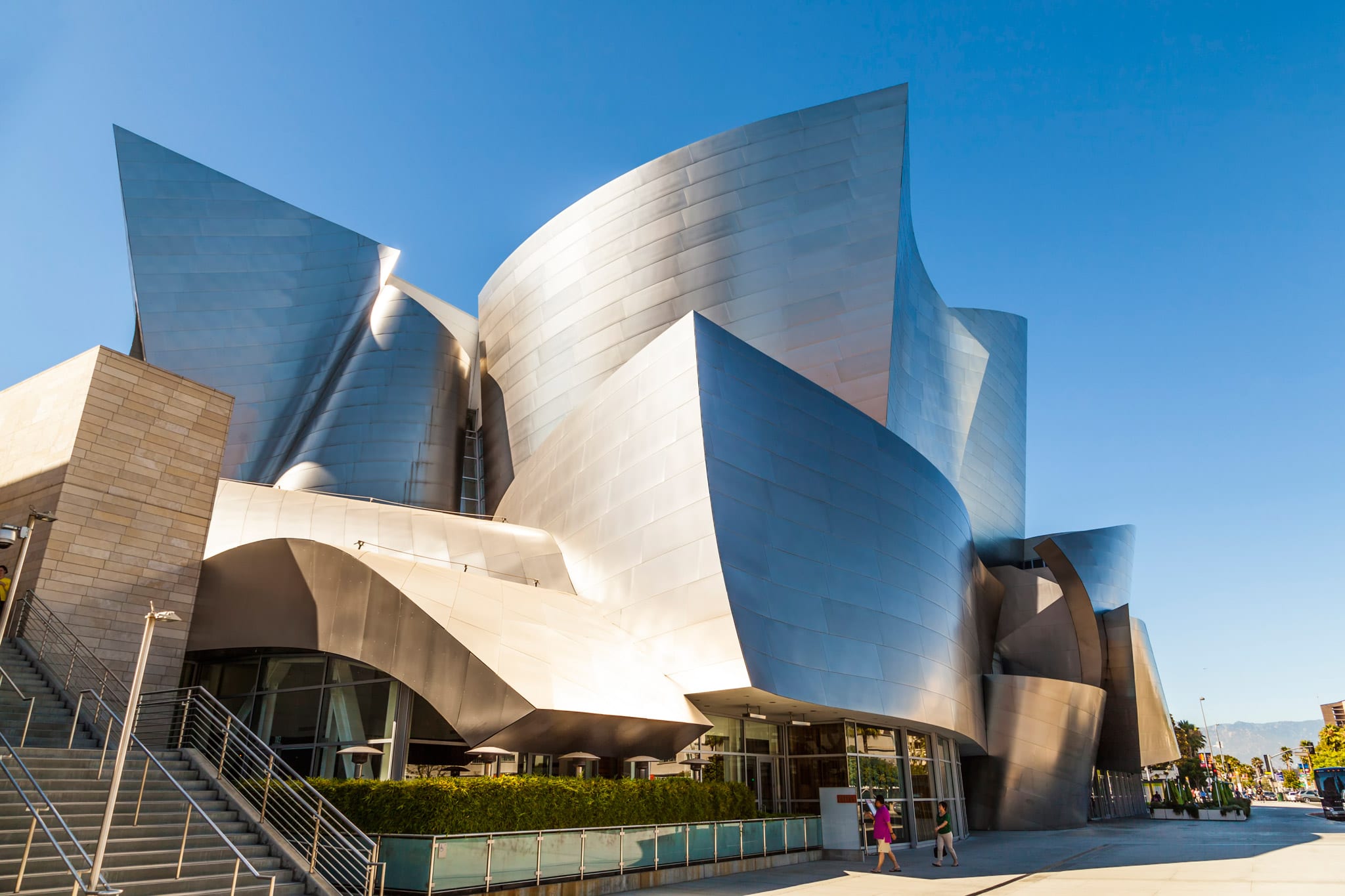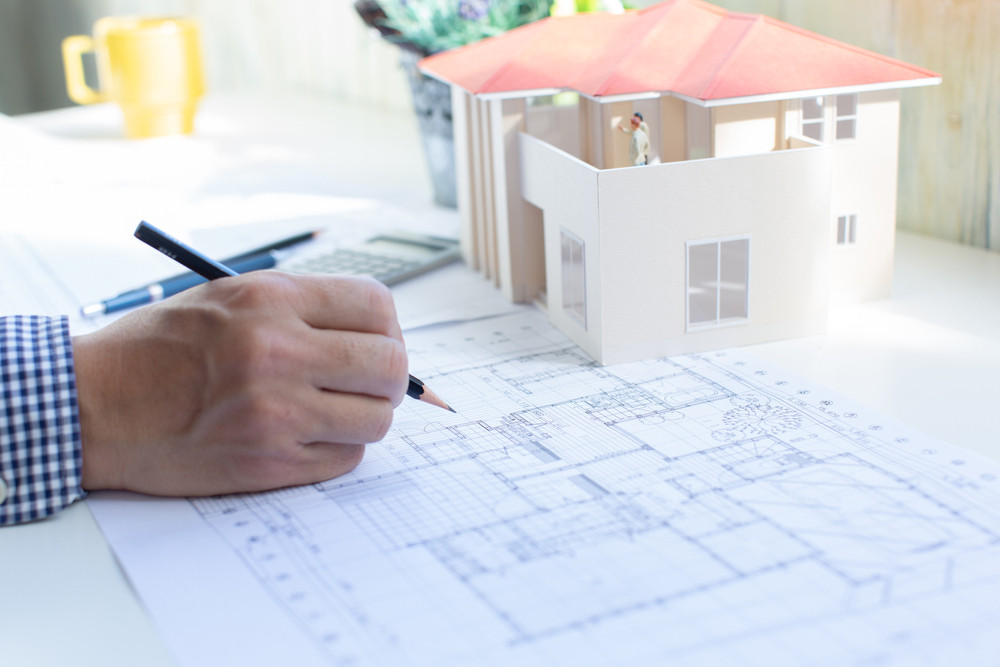The Impact of Technological Developments on the Design Practices of Contemporary Architects
The fast evolution of technical devices has dramatically improved the design landscape for modern engineers, cultivating unprecedented levels of development and sustainability. The combination of Structure Info Modeling (BIM), parametric layout, and artificial intelligence has not only streamlined partnership amongst varied teams but also redefined job execution. Nevertheless, as designers accept these innovations, they are faced with intricate challenges that could impact their creative procedures. Checking out these characteristics exposes a nuanced interaction in between technology and standard layout approaches, triggering a better exam of what the future holds for architectural practices.
Development of Architectural Devices
Just how have building devices changed the layout and building procedures over the centuries? The advancement of building devices has dramatically influenced the effectiveness, precision, and creativity of layout and construction. In ancient times, engineers count on simple instruments such as plumb bobs, determining rods, and fundamental geometry to produce frameworks. These devices laid the foundation for very early architectural method, enabling the building and construction of famous structures, albeit with constraints in accuracy and complexity.
With the arrival of the Renaissance, the introduction of the compass and the protractor noted a critical shift. These devices made it possible for designers to attain higher accuracy in their styles, helping with the appearance of even more elaborate and proportional structures. The Industrial Change further revolutionized architectural exercise with the intro of mechanical tools and products, permitting larger and more enthusiastic projects.
In the 20th century, the advancement of computer-aided design (CAD) software program changed the landscape when again, providing engineers with extraordinary capabilities in modeling and visualization. Today, advanced devices such as Structure Info Modeling (BIM) and parametric style software continue to push the limits of building development, enabling a much more integrated approach to layout and building procedures.
Enhanced Collaboration in Style
As technology continues to progress, enhanced collaboration in style has become a keystone of contemporary building method. The combination of electronic devices such as Building Info Modeling (BIM), cloud-based systems, and progressed visualization software application has transformed the way engineers, designers, and stakeholders connect throughout the style procedure. These devices promote real-time interaction, permitting groups to share concepts, alterations, and responses instantly, no matter of geographical place.

Additionally, interdisciplinary cooperation has actually been structured through these technical developments, making it possible for designers to function much more closely with various other professionals, such as urban coordinators and ecological experts. The outcome is a more natural approach to design that considers numerous viewpoints and expertise. Inevitably, boosted partnership in style is not simply a trend; it is crucial for producing innovative, functional, and visually pleasing architecture in a progressively complicated globe.

Sustainability With Technology
Sustainability in architecture has actually progressively become linked with technical innovation, driving the industry toward eco responsible methods. Contemporary designers are leveraging advanced innovations to reduce environmental impact while enhancing the performance of structures. cda architects. One noticeable example is the usage of Structure Information Modeling (BIM), which enables accurate preparation and source allocation, minimizing waste during building and promoting energy efficiency throughout a structure's lifecycle
Additionally, wise materials and energy-efficient systems are being incorporated into layouts to optimize resource usage. Technologies such as solar cells and green roof harness renewable resource sources, adding to lowered carbon footprints. In addition, the application of fabricated knowledge in design processes allows designers to imitate and analyze energy intake, assisting decisions toward more lasting end results.
The combination of sustainable modern technologies not just lines up with global ecological objectives yet likewise meets a raising need from customers for environment-friendly remedies. As architects welcome these advancements, the focus shifts in the direction of producing spaces that are not just aesthetically pleasing but also functionally lasting, therefore redefining the criteria of contemporary design. By doing this, innovation acts as a stimulant for sustainability, making it possible for engineers to develop buildings that respect and boost the natural surroundings.
Obstacles in Implementation
While technical innovations in style hold terrific pledge for boosting sustainability, their application typically runs into substantial difficulties. One primary challenge is the steep knowing contour linked with brand-new modern technologies. blog here Designers and building and construction specialists might require comprehensive training to successfully make use of innovative software program and tools, which can delay job timelines and boost expenses.
In addition, the combination of emerging modern technologies, such as Building Info Modeling (BIM) and sustainable materials, frequently demands collaboration throughout multidisciplinary groups. This partnership can be prevented by differences in proficiency, workflows, and interaction designs, causing potential conflicts and ineffectiveness.

Additionally, regulative structures and building regulations may not keep rate with technical improvements, developing uncertainty and prospective compliance concerns. This difficulty can inhibit architects from completely accepting brand-new modern technologies, as the threat of non-compliance may outweigh the benefits. Attending to these implementation obstacles is crucial for the successful combination of technical improvements in modern architectural techniques.
Future Fads in Architecture
The challenges linked with the implementation of new modern technologies in style have actually triggered a reevaluation of future patterns within the market - cda architects. As architects navigate problems such as sustainability, urbanization, and social equity, they are increasingly embracing ingenious innovations to enhance layout efficiency and ecological efficiency
One popular fad is the combination of artificial intelligence (AI) in the style process. AI tools can assess substantial datasets to notify layout decisions, improving both creative thinking and capability. Building Information Modeling (BIM) continues to evolve, enabling real-time collaboration amongst stakeholders and facilitating streamlined job administration.
Lasting design go to my blog methods are likewise obtaining energy, with architects focusing on adaptive reuse and regenerative design principles that reduce resource usage and waste. The consolidation of smart materials and sustainable energy resources will better enhance the resilience of structures in the face of climate change.
Additionally, the increase of parametric style allows for more individualized and context-sensitive building solutions (cda architects). By utilizing these advancements, engineers are positioned to create developed environments that not only resolve the immediate demands of culture yet likewise expect future challenges, therefore redefining the role of design in an ever-changing globe
Final Thought
Technical developments have actually substantially improved building design practices, promoting enhanced accuracy, partnership, and sustainability. The integration of tools such as Building Details Modeling and parametric style software, alongside expert system and clever products, empowers engineers to resolve intricate obstacles extra properly. While implementation may present particular challenges, the continued development of these innovations promises to drive advancement in architecture. Future trends will likely better highlight sustainability and efficiency, eventually redefining the constructed setting.